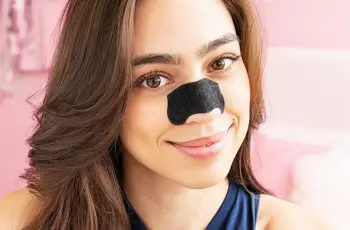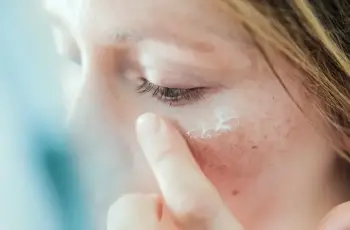
Here’s Why There Is No Such Thing As A ‘Healthy’ Tan
Sunkissed skin may be aesthetically pleasing, but we’re here to tell you there is no such thing as a healthy tan, and your bronzed glow is quite literally a sign of skin cells in trauma.
*Viciously applies sunscreen to all exposed areas.
**^Good! So you should! Daily!
Before you double down on your vitamin d obsessed bestie, arm yourself with the cold, hard facts. And to save you the effort of surfing the web, we picked the brains of Dr Annika Smith, Consultant Dermatologist at The Skin Hospital Darlinghurst.
“Put simply, tanning is a sign of distressed skin and (irreversible) DNA damage. It’s actually the skin’s response to damage from the sun’s ultraviolet radiation. Our skin cells try to prevent further injury by producing melanin – a substance which gives skin its colour and causes darkening” explains Dr Smith.
This damage is cumulative and starts from your very first tan, incidental or otherwise. Each time you seek/experience a tan, the damage builds, you’re creating more genetic mutations, and fundamentally increasing your risk of developing skin cancer.
Appropriately dumped in the basket of life choices labelled ‘short term decisions with long term consequences’ (next to not brushing your teeth, and having musk sticks for breakfast), Dr Smith notes the short term effects of skin discomfort and sunburn experienced enroute to tanning, while further down the track you can expect ‘premature ageing of the skin (wrinkles, pigmentation) and the development of skin cancer’, which we know to be life threatening.
Australians have a pretty solid understanding of the dangers of the sun, given ours is so bitey, like, all year round, but we still have a long way to go. One Australian dies from melanoma every six hours, one Australian is diagnosed with melanoma every 30 minutes, and, it remains the most common cancer for Australians aged 20 to 39.
On the very off chance you simply couldn’t avoid the sun during peak UV periods, and perhaps didn’t quite nail that first round of sunscreen application, here’s what to do post sun: “Hydrate, steer clear of any further sun exposure, and keep your skincare simple. Moisturise, avoid actives that might dry or irritate the skin, and stick to lightweight formulations with ingredients that will calm and soothe. And most importantly, make sun protection part of your everyday skincare routine”.
To give yourself the best chance of protection, you have to tick all the boxes, not just a few. We’re talking SPF 50+ broad spectrum sunscreen, wearing a hat, clothing, sunglasses, seeking shade and avoiding sun in the middle of the day. “Sun protection can actually prevent the majority of skin cancers and at the end of the day, prevention is better than cure” states Dr Smith.
As expected, Dr Smith recommended everyone establish their risk profile with a GP or dermatologist when it comes to skin cancer, and set up a skin check regime that is right for you. “Get to know your skin and be on the lookout for anything new or changing as early detection offers the best chance of cure.” Look for freckles and moles that change in size, shape or colour. That spot that stands out from the rest – the ugly duckling – may be a clue to melanoma too.
Adequately spooked? Sorry (not sorry). We’re not (SP)F’ing around when it comes to skin health.


